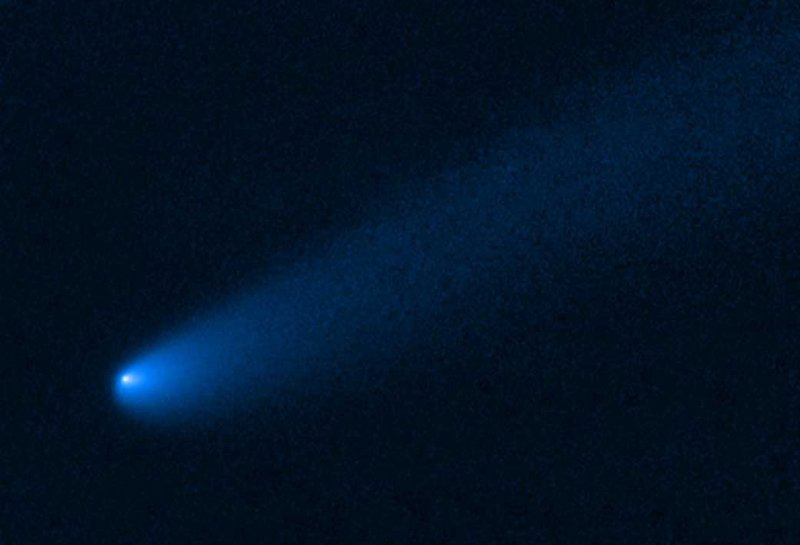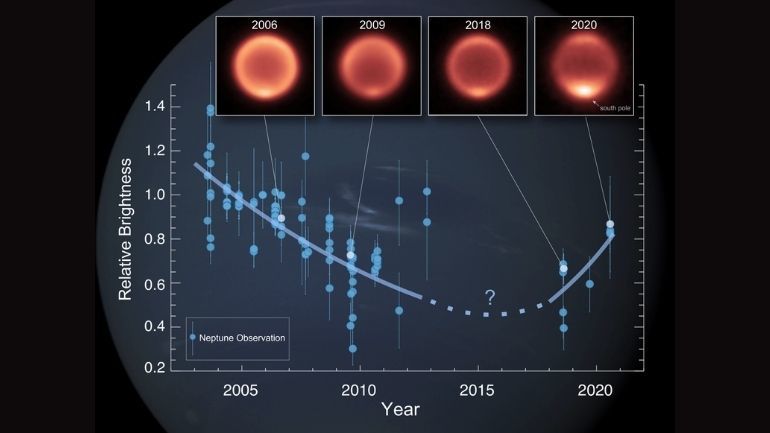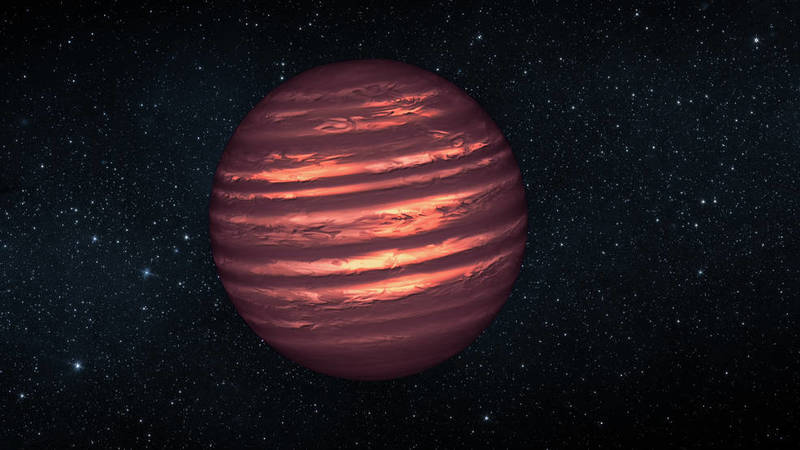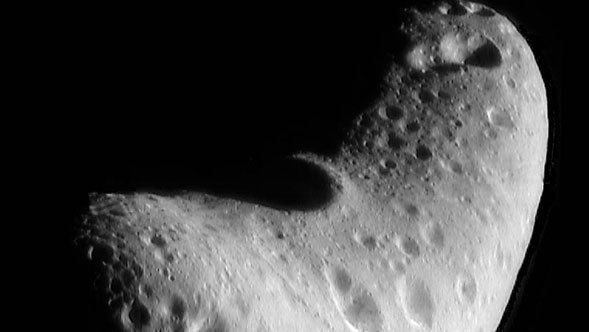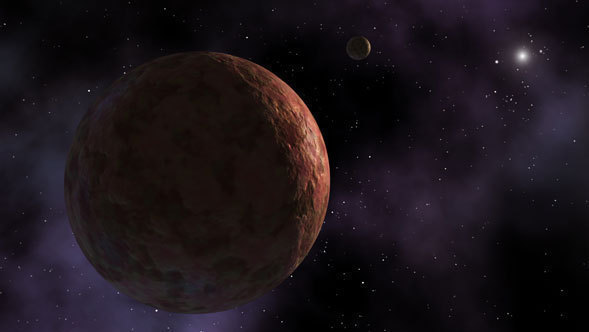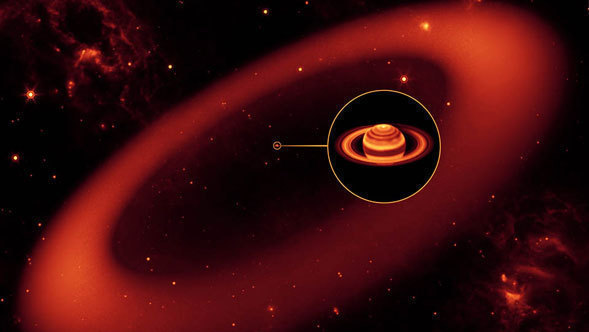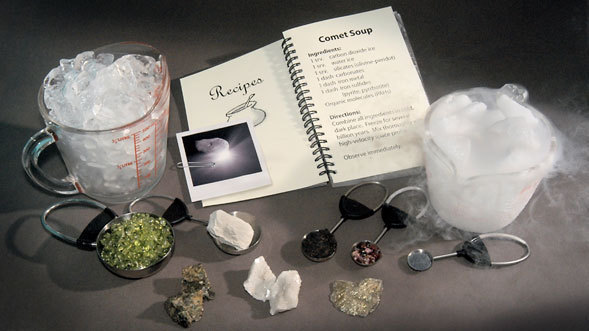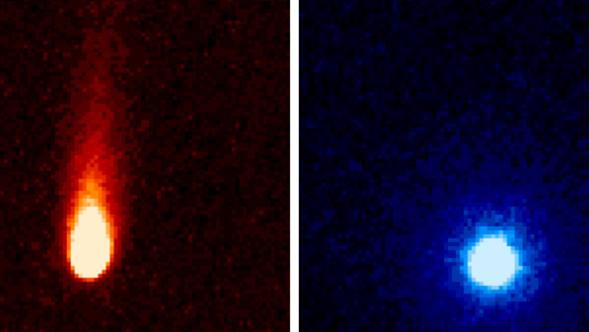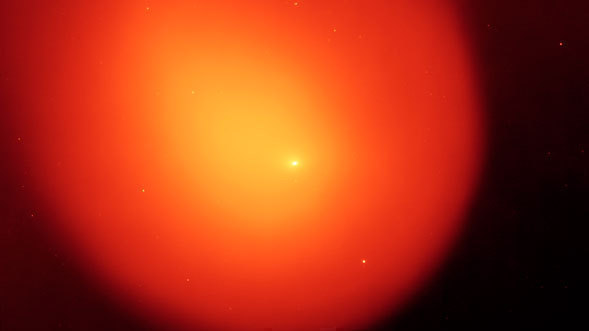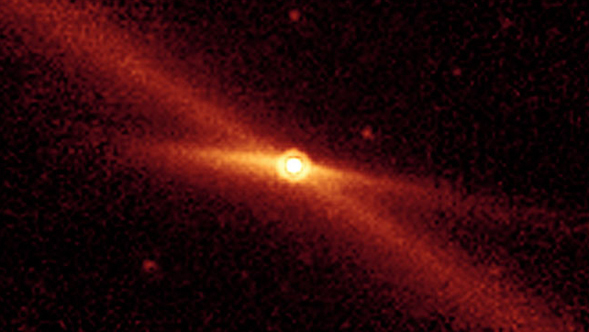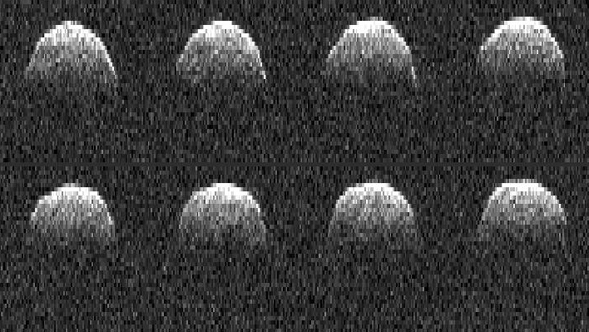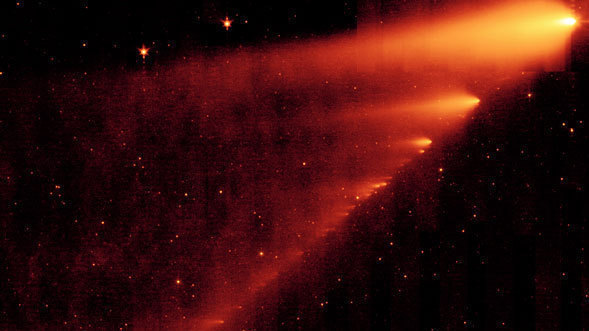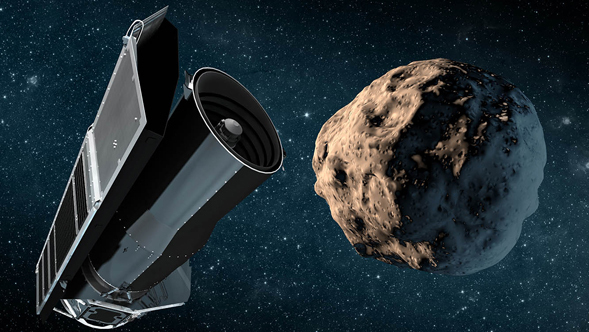Circling the sun in its Earth-trailing orbit, Spitzer provided a remote platform for studying our own Solar System. Its sensitive infrared detectors were well-suited to identify and characterize asteroids, image the dusty debris surrounding comets, and even discover Saturn’s largest ring.
For the first time, a wayward comet-like object has been spotted near the family of ancient asteroids.
New research led by space scientists at the University of Leicester has revealed how temperatures in Neptune’s atmosphere have unexpectedly fluctuated over the past two decades.
Is our solar system located in a typical Milky Way neighborhood? Scientists have gotten closer to answering this question, thanks to the NASA-funded Backyard Worlds: Planet 9 project, a “citizen science” collaboration between professional scientists and members of the public.
New research from NASA's Spitzer Space Telescope reveals that asteroids somewhat near Earth, termed near-Earth objects, are a mixed bunch, with a surprisingly wide array of compositions.
NASA-funded researchers have discovered the most distant object orbiting Earth's Sun. The object is a mysterious planet-like body three times farther from Earth than Pluto.
NASA's Spitzer Space Telescope has discovered an enormous ring around Saturn — by far the largest of the giant planet's many rings.
When Deep Impact smashed into comet Tempel 1 on July 4, 2005, it released the ingredients of our solar system's primordial "soup." Now, astronomers using data from NASA's Spitzer Space Telescope and Deep Impact have analyzed that soup and begun to come up with a recipe for what makes planets, comets and other bodies in our solar system.
Astronomers using NASA's Spitzer Space Telescope have observed what most likely are strong carbon dioxide emissions from Comet ISON ahead of its anticipated pass through the inner solar system later this year.
When comet Holmes unexpectedly erupted in 2007, professional and amateur astronomers around the world turned their telescopes toward the spectacular event. Their quest was to find out why the comet had suddenly exploded.
When our solar system was young, its biggest babies ”Jupiter and Saturn” threw tantrums by the trillion. The huge planets hurled ice-covered rocky bodies from the inner solar system far past the orbit of Pluto.
A scientist at NASA's Jet Propulsion Laboratory in Pasadena, Calif., has accurately determined the mass of a nearby asteroid from millions of miles away, the celestial equivalent of "guess your weight".
NASA's Spitzer Space Telescope has snapped a picture of the bits and pieces making up Comet 73P/Schwassman-Wachmann 3, which is continuing to break apart on its periodic journey around the sun. The new infrared view shows several chunks of the comet riding along its own dusty trail of crumbs.
Astronomers using NASA's Spitzer Space Telescope have measured the size of an asteroid candidate for NASA's Asteroid Redirect Mission (ARM), a proposed spacecraft concept to capture either a small asteroid, or a boulder from an asteroid. The near-Earth asteroid, called 2011 MD, was found to be roughly 20 feet (6 meters) in size, and its structure appears to contain a lot of empty space, perhaps resembling a pile of rubble. Spitzer's infrared vision was key to sizing up the asteroid.
The papers provide an inventory of some of the greatest discoveries of the past decade and suggest targets for the next generation telescope, scheduled to launch in 2021.
Could all of the asteroids, comets, and planets in our Milky Way galaxy be made of a similar mix of dusty components?
Later this month, the Spitzer Space Telescope will look toward the recently-discovered planet beyond Pluto, an object identified as 2003UB313. After the new object was announced, the Spitzer team discovered that the telescope's previous observations of the object were unsuccessful because of an error in the parameters used to target it. A successful Spitzer detection will determine the object's size. If Spitzer does not see it, astronomers will be able to place a solid upper limit on its size. The object was discovered by Dr. Michael Brown of Caltech, along with Dr. Chad Trujillo of Gemini Observatory in Hawaii, and Dr. David Rabinowitz of Yale University in Connecticut.
Locked in the core of comet Tempel 1 are mystery ingredients that may explain the creation of planets, and the conditions of the early solar system. After six years of preparation and 268 million miles of travel, NASA's Deep Impact spacecraft will finally unleash these secrets by placing its impactor spacecraft in the path of the hurtling comet, which is zooming along at a relative speed of 23,000 miles per hour. This collision will create a plume of cosmic dust and a large crater on the face of the comet. Watching from the sideline will be Deep Impact's flyby spacecraft and, farther away, the Spitzer Space Telescope.
On July 4, NASA's Deep Impact spacecraft will attempt an extraordinarily daring encounter with the far-flung comet Tempel 1, which is hurtling through space at tens of thousands of miles per hour. As if that is not challenging enough, the comet's size, shape and other characteristics are not entirely known.
University of Arizona
